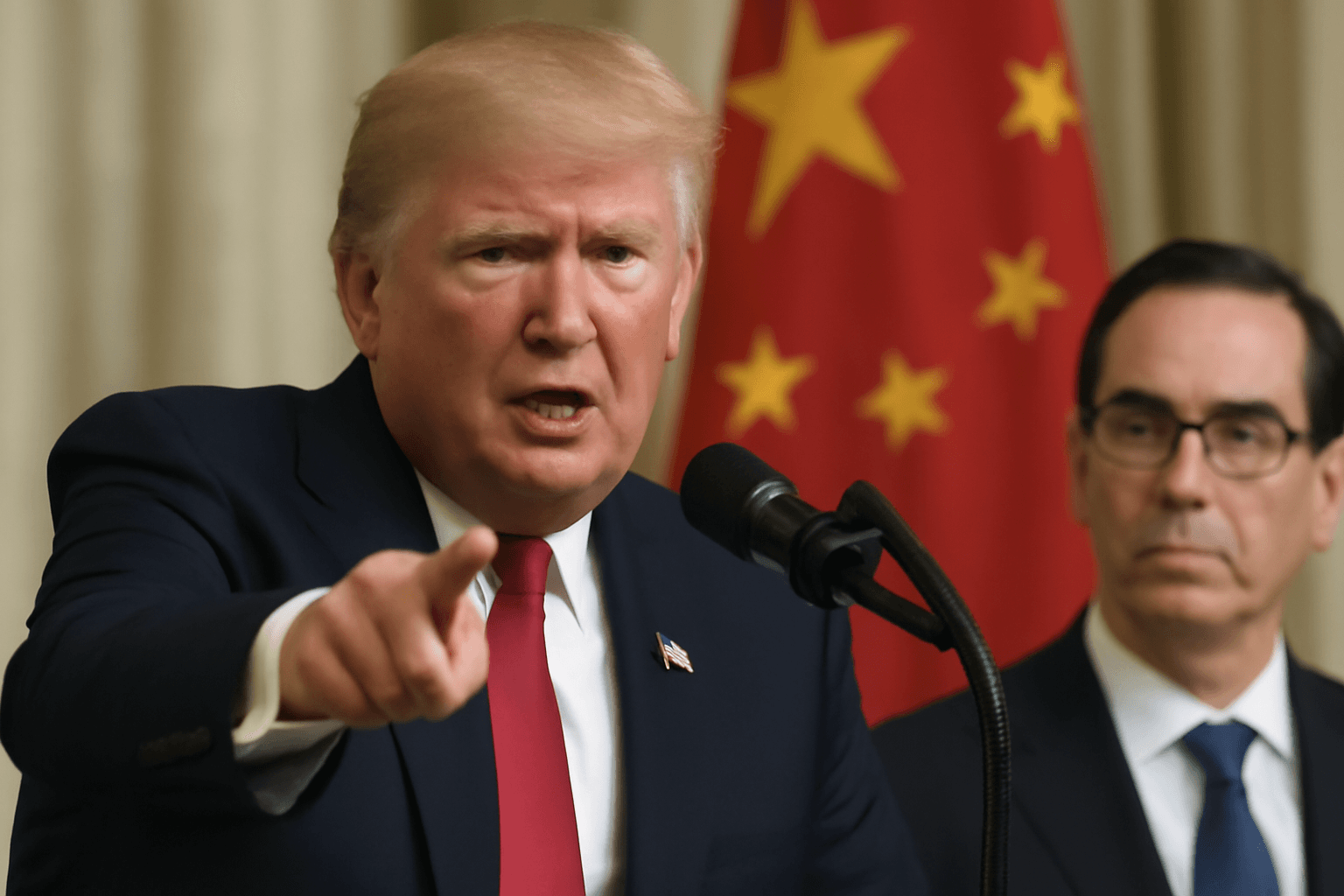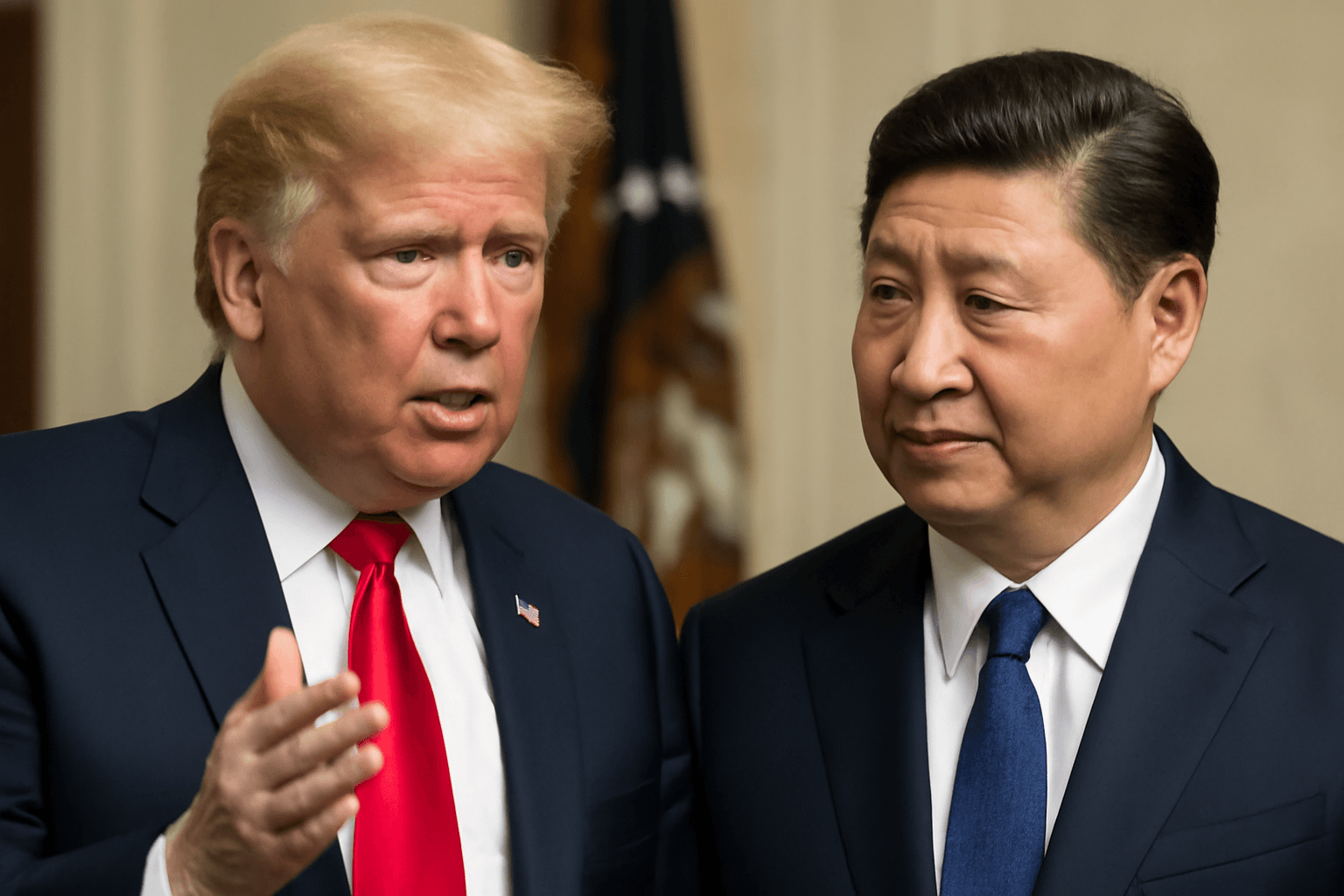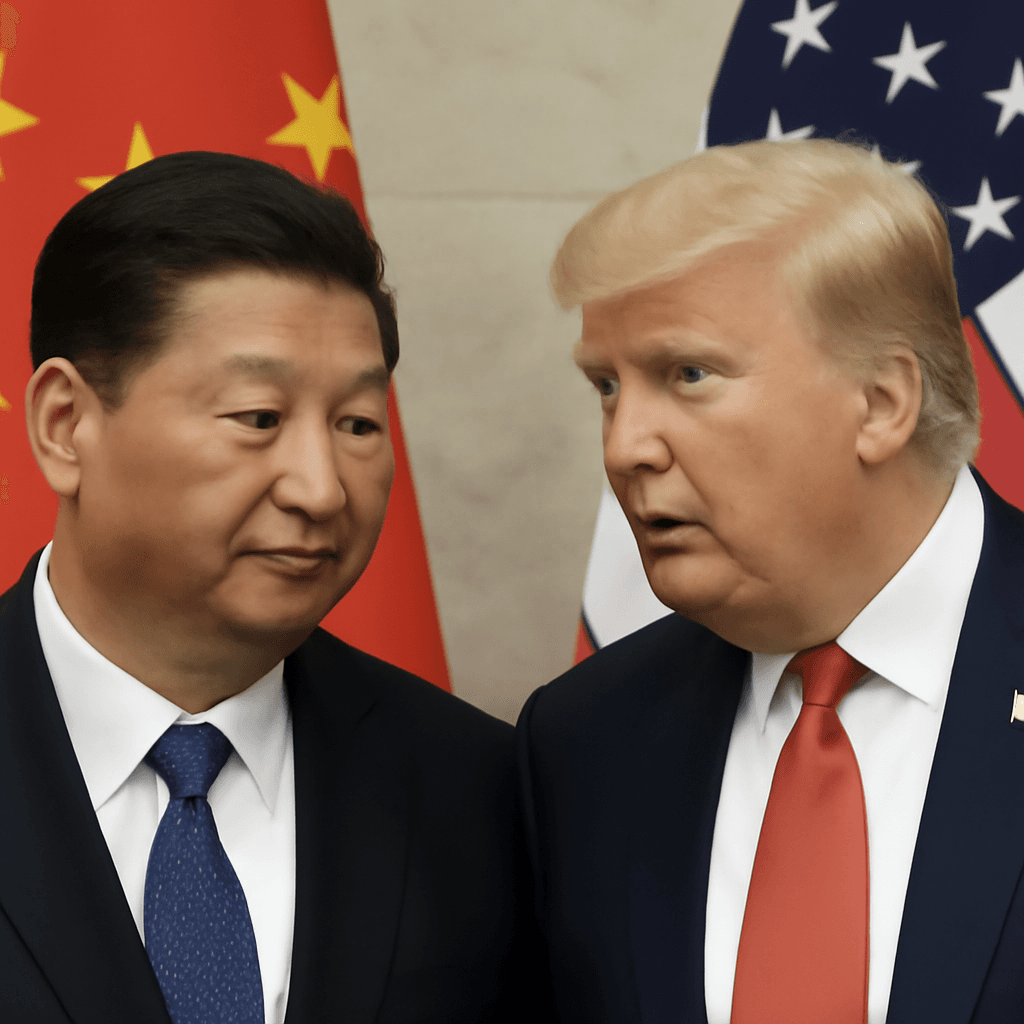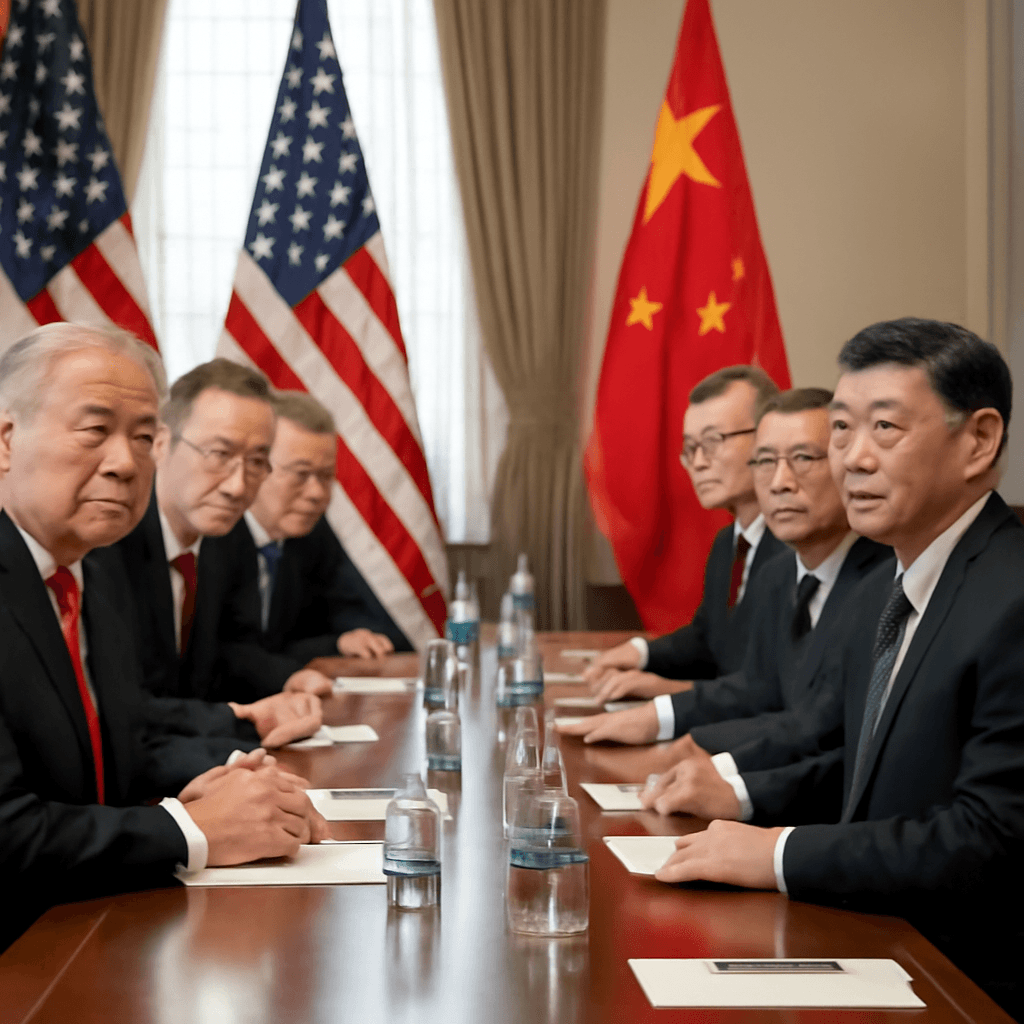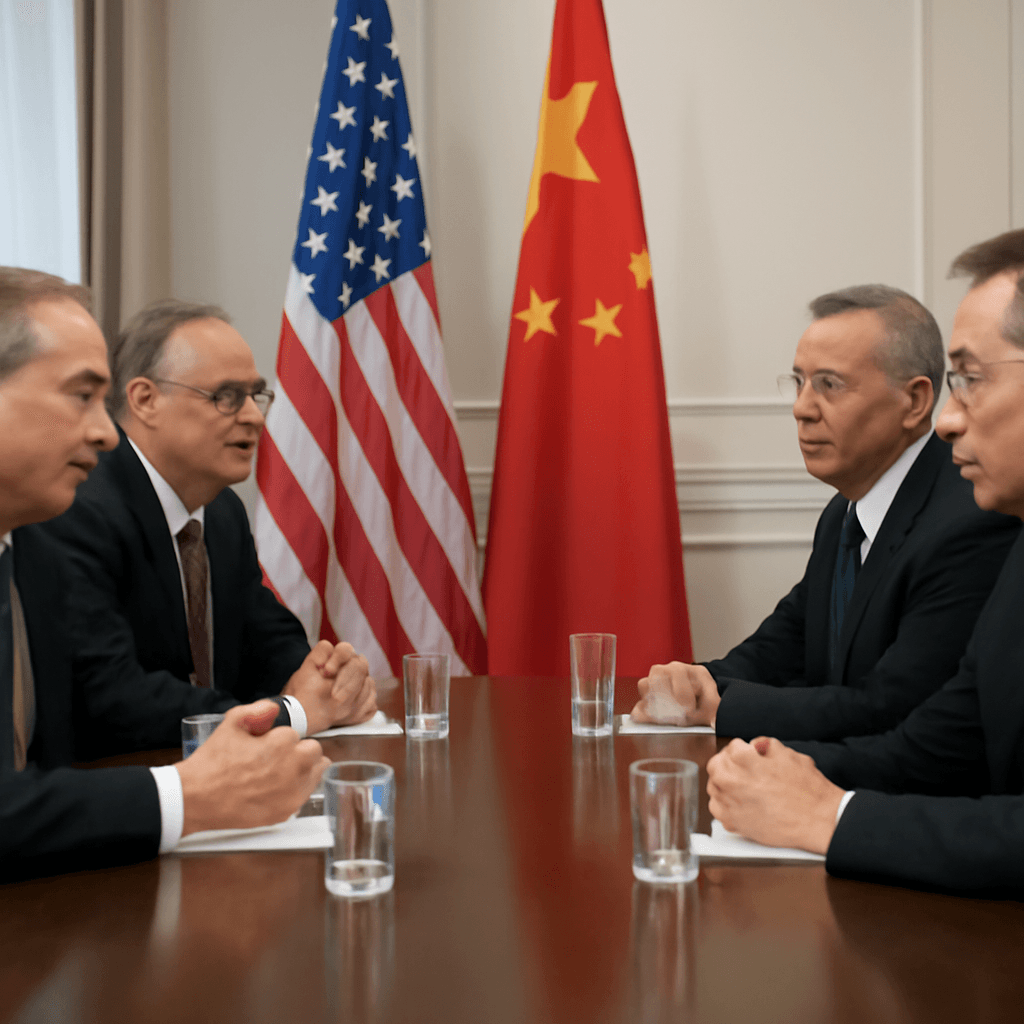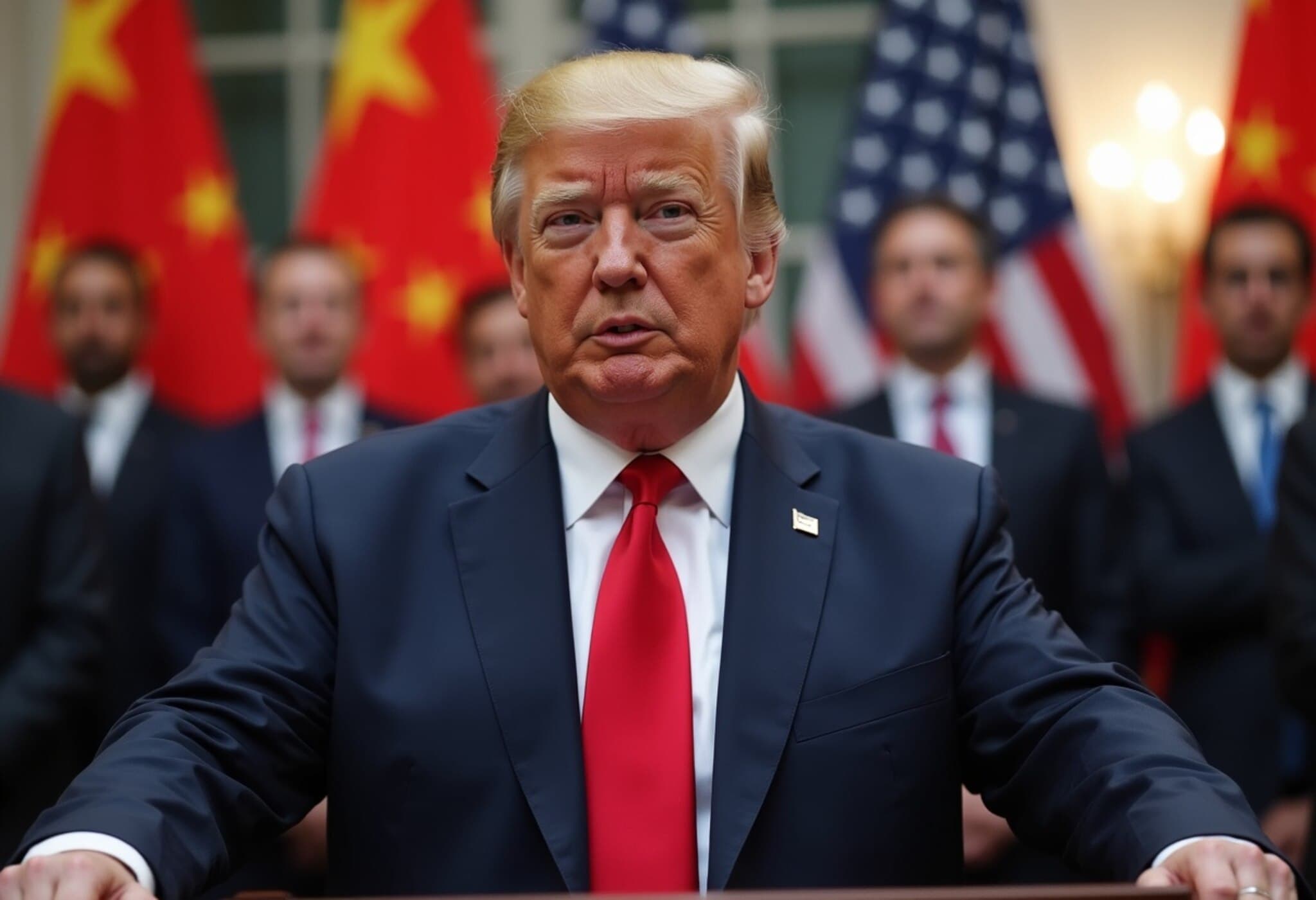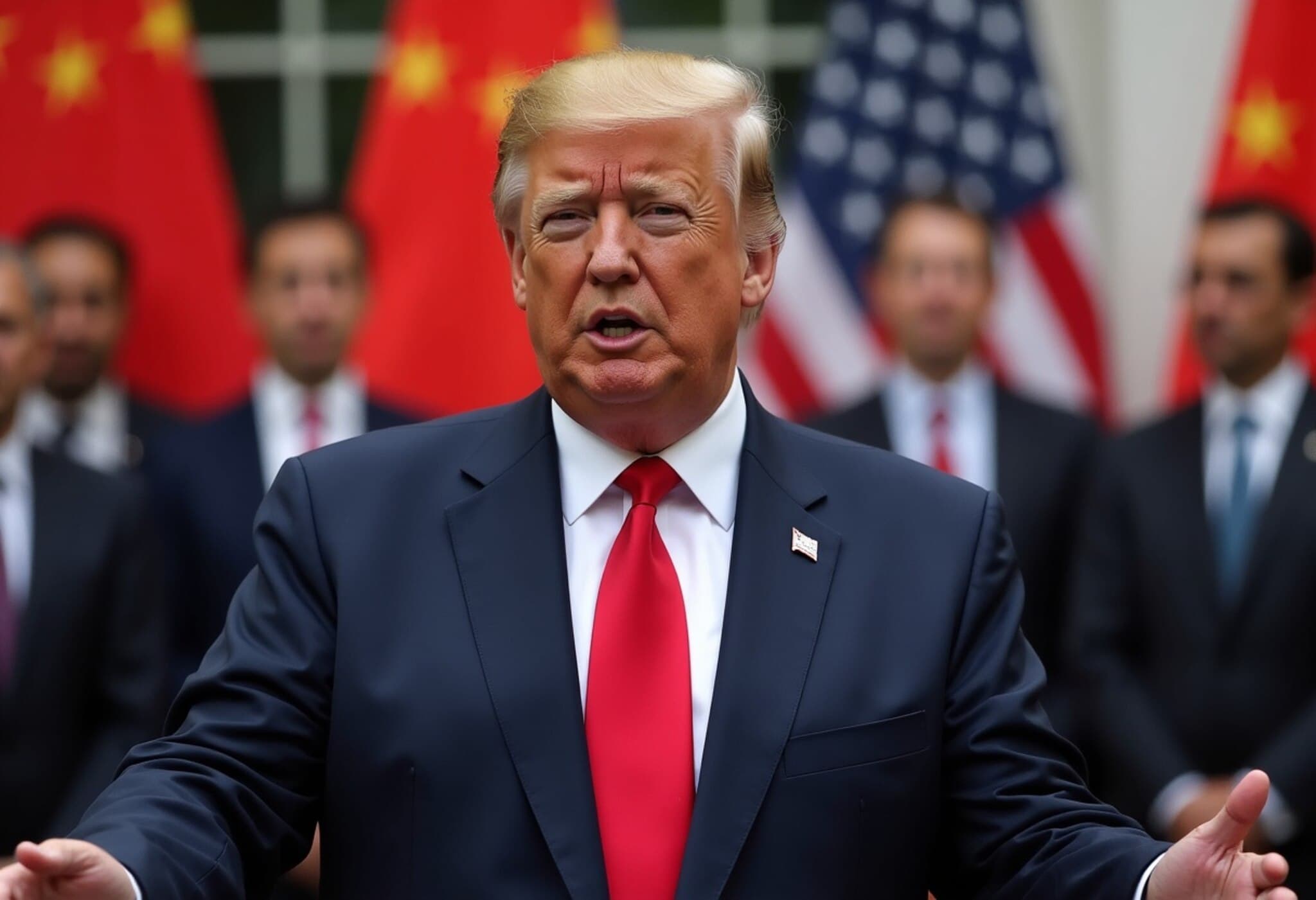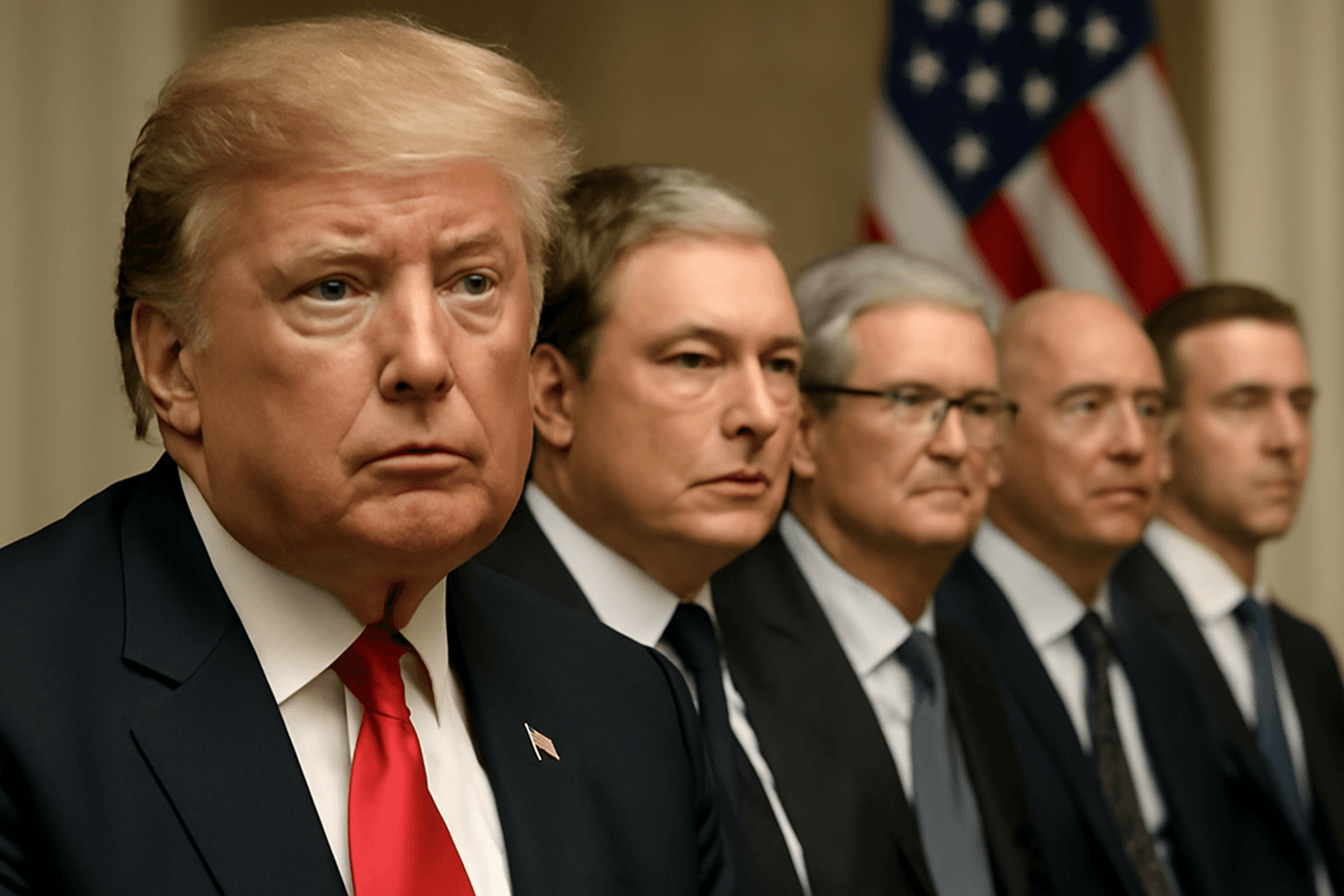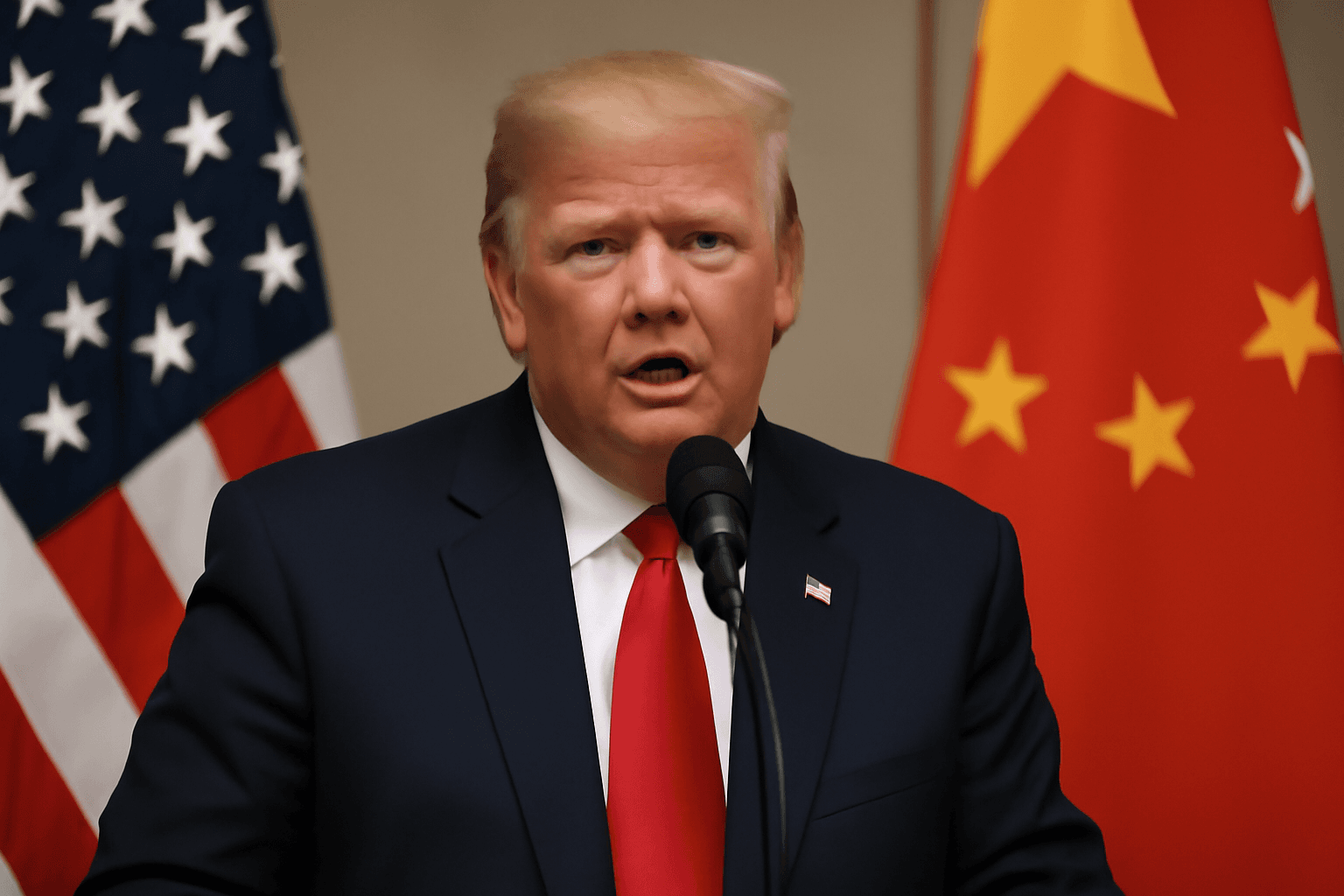Trade negotiations between the United States and China have stalled, with progress hinging on potential direct talks between President Donald Trump and Chinese President Xi Jinping. Following a mid-May agreement that paused tariff escalations for 90 days, key discussions have slowed, creating uncertainty for global markets and businesses awaiting resolution.
US Treasury Secretary Steven Mnuchin acknowledged the slowdown in talks but expressed optimism about renewed negotiations in the near future. Specialists suggest that such complex trade issues require active involvement from both leaders, given their strong diplomatic rapport, to provide direction and resolve outstanding concerns.
The temporary truce initially boosted global markets but did not address core disputes related to China’s state-driven economic policies and export practices that triggered the tariff tensions. Since the agreement, the Trump administration has broadened its focus towards negotiating tariff terms with other major economies including India, Japan, and the European Union.
Last week, President Trump threatened to impose 50% tariffs on European Union products but subsequently deferred the action. Meanwhile, legal challenges arose concerning the administration’s tariff impositions. A US trade court ruled the President exceeded his authority in implementing many tariffs using emergency powers; however, a federal appeals court quickly placed a temporary hold on that ruling pending further review.
Despite legal uncertainties, negotiations with trade partners such as Japan continue unabated, with official meetings scheduled to maintain momentum. The outcome of these discussions and the degree of leadership engagement from Presidents Trump and Xi will be critical in determining the future trajectory of US-China trade relations.



